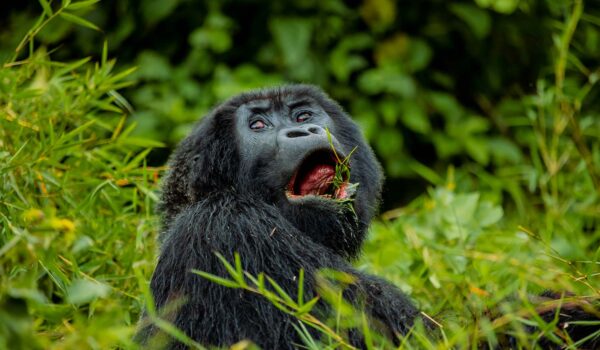Kenya’s Climate and Weather
The monsoon winds from the Indian Ocean and elevation have a significant impact on Kenya’s climate. Kenya has two rainy seasons including; Persian Gulf brings hot monsoon winds from November to March, whereas the south brings milder breezes from April to October.
April to June is the “long rain” season, whereas late June to October is milder and has less precipitation. The cooler, monsoon produces the most rain. The dry season, which lasts from December to March, replaces the “brief rains” of November and December.
Nairobi’s elevation is more than 5,000 feet (1,500 meters) above sea level. Higher elevations might have very chilly nighttime temperatures. Even at night, temperatures seldom fall below 20°C along the shore. Even though daytime highs in Nairobi might reach 20°C, it is not unusual for nighttime lows to fall below 10°C in July and August.
The same trend applies to high-altitude safaris in locations such as the Masai Mara, Laikipia, and Samburu. Game drives in the early morning may become rather cold. During the day, it rapidly heats up, but in the evening, it cools down once again. Amboseli, Meru, Tsavo East and West, and lower altitude safaris are a little warmer due to the absence of the high-altitude chill in the morning and evening.
Daytime temperatures during the dry season, which runs from June to October, vary from around 23°C (73°F) at higher elevations, such as the Masai Mara, to 28°C (82°F) along the shore. June through October are the coolest months. At higher elevations, early morning temperatures may drop as low as 10°C/50°F.
At higher elevations, wet-season temperatures from November to May vary from 24°C/75°F to 27°C/81°F, while at lower elevations, they range from 30°C/86°F.
The weather in Kenya is often perfect for an African safari. A moderate interior climate, milder highlands, and a dry north and northeast complement the hot and humid coastal.

